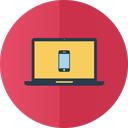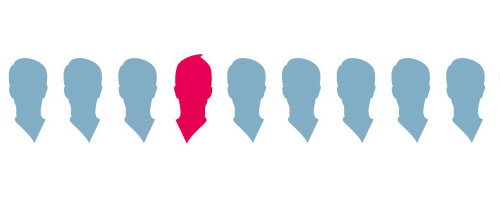Written by María Santoja
Índice
Increasingly, companies are aware of the importance of being present on the network, and of using all the tools it offers to define and enhance their brand. This logic can also be applied to individuals, and especially to professionals and freelancers. This is what personal branding or personal brand development is all about, a concept that seeks to differentiate the individual in order to achieve professional success, in the same way as a commercial brand would.
The concept of personal branding emerged in the late nineties in Tom Peters’ article “The Brand called you”. However, over the last few years, personal branding has been growing in importance and becoming more and more accessible thanks to the 2.0 world. Today, with good planning and the development of a strategy, anyone can build their personal brand.
Why is it important to develop your personal brand?
We live in a very competitive world, and certainly with the economic crisis, that competition has become voracious. It is essential for professionals to achieve, on the one hand, visibility on the network, and on the other hand, to differentiate themselves from the competition.
Developing a personal brand consists of managing the individual’s image to communicate differentiated characteristics and values.
Building our personal brand will help us in the job search, and especially if we are self-employed, as it will position us as an expert in the sector, which, in the long run, will be reflected in an increase in clients.
How to build your personal brand
As we have already pointed out, personal branding is based on communication and perception management. But it is also a strategy, and as such requires planning and consistency. Let’s look at the main points to be defined before starting to communicate our personal brand:
Objectives:

The message:

Tone:

Communication channels:

Regarding our presence in social networks, it is better to be in a few, but in a constant and coherent way with our tone and message, than in many that do not fit the image we want to communicate and that are outdated.

In fact, it is highly recommended to merge the online and offline worlds.
If we give a talk, we should not forget, for example, to post the photos on Flickr, the video on Youtube or write a summary post on our blog. And in turn, if we have physical cards, we should put our personal website, blog or perhaps a QR code that leads to that content.
Personal branding and professional image
Of course, a commercial brand is composed of a name and a corporate identity, and our personal brand must be defined in the same way. The way we design our personal brand will define the professional image we are going to transmit.
- Name:
Will we use our real name, a pseudonym or perhaps a variation of our name? At this point it is very important to be aware of the competition: if our name is Juan García Henarejos, it may be more convenient to use our second surname, since there will be many Juanes García on the network. In addition, we must not forget that the name must fit in social networks, so it should not exceed 15 characters.
- Key words:
What are the keywords that define us and for which we want to position ourselves? Let’s remember that our personal brand will be developed both in the offline and online world. In the digital environment, we will use keywords in our communications to try to improve our web positioning. In addition, selecting these concepts will also help us to be remembered in a simple and differentiated way: for example, Juan Henarejos, creative pastry; or Ruth Lledó, vintage tattoo.
- Visual identity:
Image sells, and it is a great ally to transmit the values we have talked so much about. Therefore, the visual design of the personal brand should not be neglected, choosing the chromatic range and typographies to be used in our communications, which will help us to transmit what we want. Sometimes it may be convenient to design a logo.
Finally, it is necessary to be aware that building a personal brand is a slow process that requires perseverance and patience. However, I consider it a very rewarding job, because at the end of the day we are selling ourselves.
And you, do you take care of your online communication? are you developing your personal brand?

